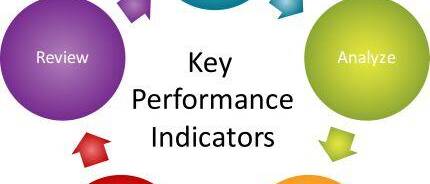Key performance indicator systems are used by companies to consolidate key figures and improve understanding of the overall context of business processes. Key performance indicators (KPIs) are used to evaluate a system. The term encompasses all operational parameters that indicate success or failure.
The measured success factors are used to compare a company’s own competencies with those of its competitors. Strategic decisions can then be made based on the insights gained from the key figures. The Supply Chain Operations Reference Schema (SCOR) includes existing key figures and comparative values from various industries. This SCOR model is used to examine and evaluate a company’s own value chain.
Categorization of key performance indicators: finance, customers, processes
In logistics, three groups of key figures can be distinguished: productivity indicators, profitability indicators, and quality indicators. Productivity indicators measure productivity on a technical and human level, profitability indicators measure logistics costs and company-specific figures, and quality indicators determine the degree to which targets have been achieved.
Dr. Hans-Ulrich Krause and Professor Dr. Dayanand Arora, both at the University of Applied Sciences Berlin, have summarized the most important KPIs in their handbook Controlling-Kennzahlen (Controlling Key Figures) as follows:
- Financial indicators: earnings indicators, profitability indicators, liquidity indicators, cash flow indicators
- Customer indicators: customer relationship indicators, marketing communication indicators, price management indicators
- Process indicators: project indicators, quality indicators, supply chain management indicators
Logistics naturally plays a key role in the indicators used in supply chain management. These indicators are divided into the following four sub-categories: procurement efficiency, incorrect delivery rate, wrong delivery rate, and delivery readiness Due to the complex processes on which they are based, key performance indicators are difficult to combine and compare. They are therefore usually considered or assessed from different perspectives. For example, the cost center tends to focus on the profitability and cost coverage of a company, while those responsible for logistics tend to focus on throughput or the number and length of rounds.
For more information on key figures, see Classification options for key figures and Operating data collection.
Image source: © Kheng Guan Toh – Fotolia.com
